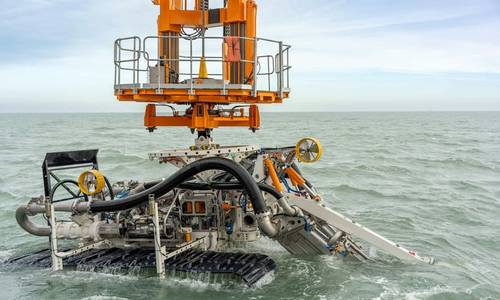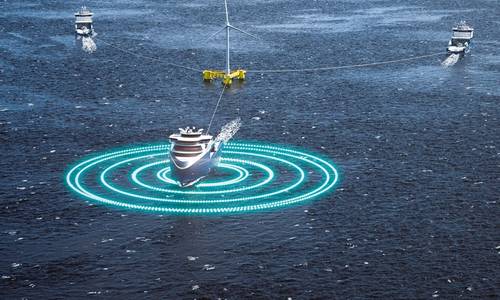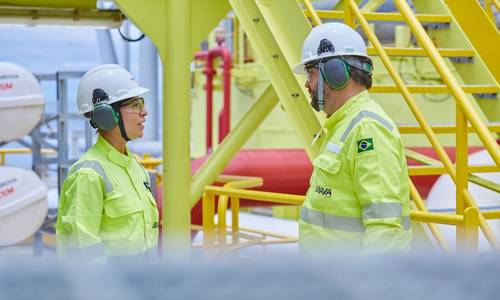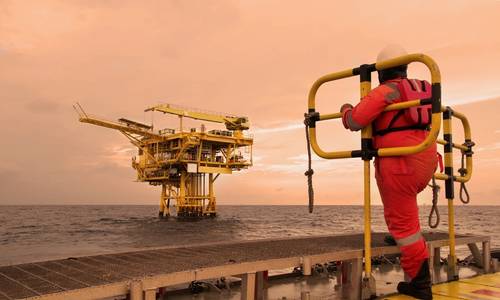AI-Powered Bird Monitoring at Offshore Wind Farms Shows Promise
April 25, 2025

The trial of AI-powered vision systems to monitor bird movement at offshore wind farm, conducted by Spoor AI, Vattenfall, and the British Trust of Ornithology, has proved promising.
The trial was conducted at Vattenfall’s Aberdeen Bay Offshore Wind Farm.
The study, a combination of theoretical assessments and field trials, evaluated how two different camera systems and Spoor AI’s video processing software detected birds and their movements around wind turbines.
The trial compared two different camera systems - standard mono-vision and stereo-vision. Compared to the mono-vision system, which estimates bird distances based on assumed bird sizes, the stereo-vision system delivered more accurate distance measurements as it used two cameras to triangulate distances, similar to human depth perception.
This means that the size of the bird is more accurately assessed, and therefore its movements recorded more precisely.
This level of detail provided by the stereo-vision system could allow wind farm operators to document ‘micro-avoidance behavior’. Micro-avoidance behavior of birds at wind farms refers to the last-minute flight adjustments birds make to avoid colliding with the rotor blades of turbines.
This behavior is part of a broader spectrum of avoidance strategies that birds employ when navigating through or near wind farms.
According to Vattenfall, the monitoring could help better understand the collision risk of birds at wind farms, which can then inform mitigation strategies, the steps developers and operators of wind farms can take to reduce the risk of birds colliding with wind turbines.
The system has the ability to run nonstop and for an indefinite length of time, which means monitoring can be carried out continuously both on and offshore.
The report also validates Spoor’s ability to estimate bird flux – the rate at which birds pass through a monitored section of airspace. This data is key to modelling the level of collision risk.
“Mitigating risks associated with bird collisions at wind turbines is crucial for ensuring a nature-positive transition to clean energy, and robust and scalable monitoring inside operating wind farms is needed for this,” said Philipp Boersch-Supan, Principal Ecological Statistician at the British Trust of Ornithology.
“It’s been a great pleasure working with Spoor and BTO to learn about the performance and potentials of this exciting technology. We need to understand seabird interactions with offshore wind turbines in greater detail to improve the evidence base for collision risk assessments and in turn decisions on mitigation measures.”
“I am very grateful for the time and valuable input provided by the panel of experts from JNCC, Marine Directorate, NatureScot and RSPB in the course of the study,” added Jesper Kyed Larsen, Bioscience expert and Environmental Research &Development coordinator at Vattenfall Wind.






